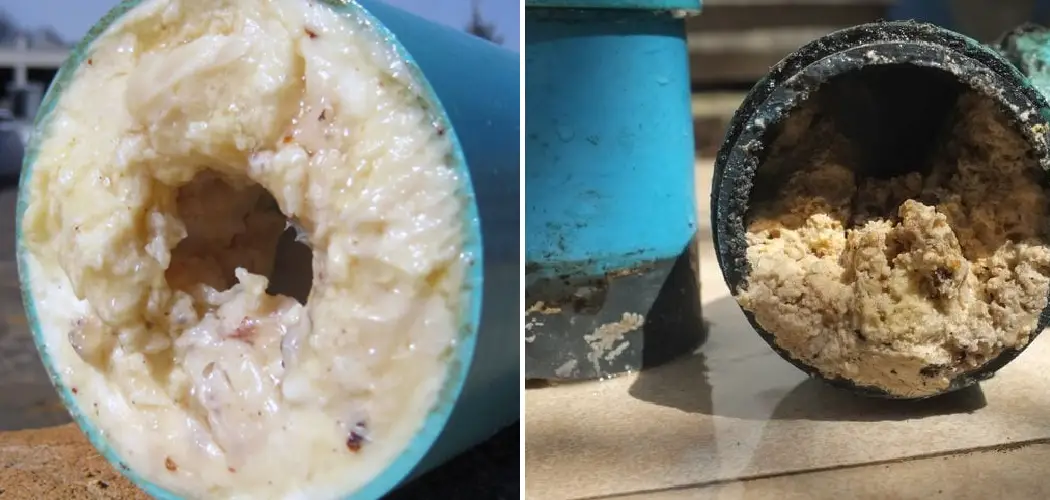Are you frustrated by a nasty clog in your drain that just won’t clear? Do you find yourself spending too much time and money on hiring plumbers to get rid of the clogs, only for them to come back again soon after? If so, this post is here to tell you that clearing out those stubborn fat blocks from your drains doesn’t have to be so tricky!
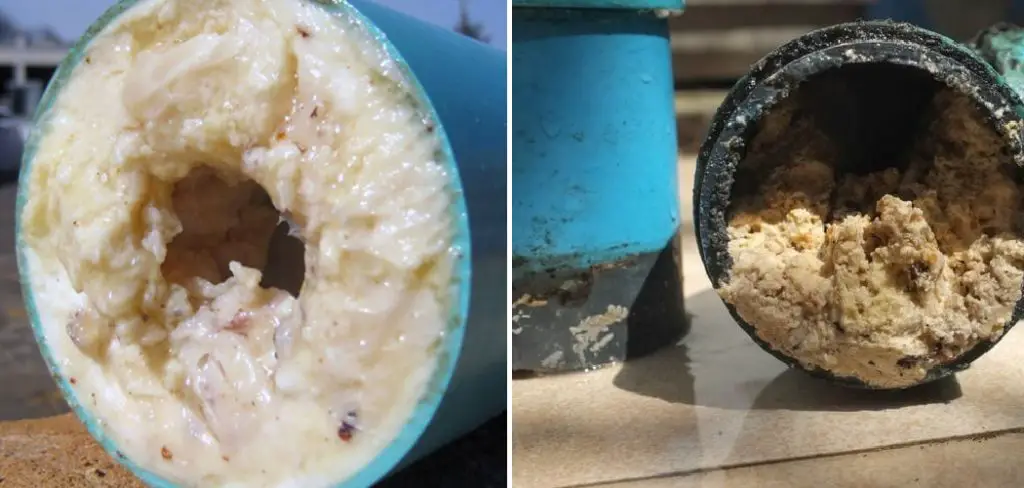
Fat blockages are one of the most common causes of clogged drains, and they can be a real nuisance. Not only do they cause unpleasant odors and slow-draining water, but they can also lead to more severe plumbing issues if not taken care of properly.
In this blog post, we’ll offer an easy-to-follow guide on how to clear fat blocked drain. Read on and learn to sort through any drainage issues at home quickly!
What Will You Need?
Before we get into the detailed steps, it’s essential to make sure you have all the necessary tools and materials on hand. Here is a list of items that will come in handy when clearing out fat-blocked drains:
- Rubber gloves
- A plunger
- A drain snake/cleaner
- Baking soda and vinegar
- Boiling water
Once you have these items ready, you’re ready to tackle the task.
10 Easy Steps on How to Clear Fat Blocked Drain
Step 1: Protect Yourself
Before you begin any drain cleaning process, protecting yourself from any potential health hazards is vital. Make sure to wear rubber gloves to avoid getting in contact with any harmful chemicals or bacteria that may be present in the drain.
Step 2: Initial Plunging
Begin by using the plunger to see if you can clear the blockage. First, block any overflow outlets. Then, fill the sink with enough water to immerse the base of the plunger. Place the cup of the plunger over the drain hole and plunge vigorously up and down for several minutes.
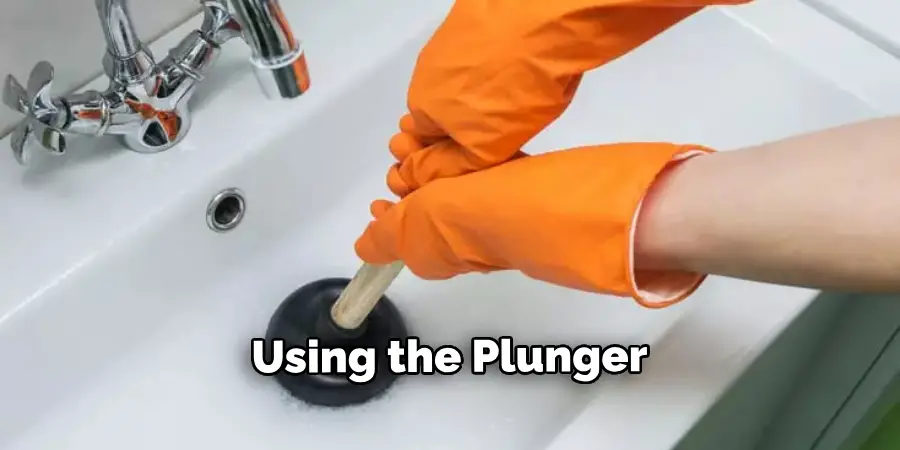
This can often dislodge softer fat blockages and clear the drain. If you’re successful, run some hot water to clean your pipes further. If this doesn’t work, move on to the next step.
Step 3: Apply a Homemade Drain Cleaner
If the initial plunge doesn’t work, a simple homemade baking soda and vinegar solution often does the trick. First, pour a half cup of baking soda into the drain, followed by a half cup of vinegar. Cover the drain and let the solution sit for 15-20 minutes.
The chemical reaction between the baking soda and vinegar can help to break down the fat clogging your drain. After the time has elapsed, pour boiling water down the drain to wash away the loosened blockage. This step can be repeated if necessary.
Step 4: Use a Drain Snake
If the homemade drain cleaner solution doesn’t work, it might be time to step things up a notch with a drain snake. Thread the end of the snake into the drain, turning the handle to help move it further down the pipe. When you feel resistance, it means you’ve reached the blockage. At this point, you should turn the snake’s handle to break up the clog.
Once you’ve done this, pull the snake out of the drain, hopefully bringing the blockage out. After this, run hot water down the drain to ensure it is clear and flowing well. If the drain is still blocked, you may need to repeat this process or move on to the next step.
Step 5: Seek Professional Help
If the above steps fail to clear the fat-blocked drain, it may be time to call a professional plumber. Stubborn drain clogs can sometimes signify more significant underlying issues that require professional attention.
A certified plumber has the necessary tools and expertise to identify and fix drain clogs efficiently and can provide advice on how to prevent future blockages. Remember, addressing these problems sooner rather than later is crucial to prevent further complications.
Step 6: Prevent Future Blockages
Now that your drain is clear, it’s crucial to prevent future fat blockages. Remember to be mindful of what goes down your drain. Avoid pouring fats, oils, or grease directly into the sink as they can solidify and cause clogs. Instead, collect these substances in a jar and dispose of them in the trash. Also, regular maintenance can go a long way.
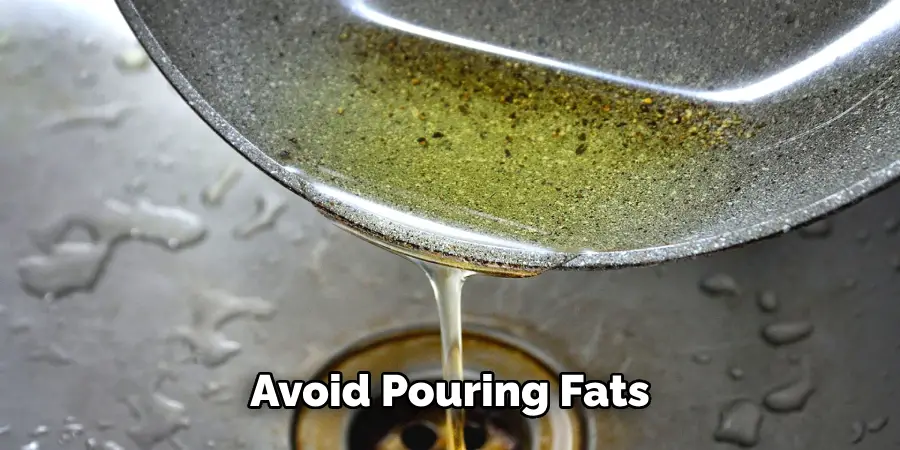
Consider using the baking soda and vinegar solution mentioned in Step 3 once a month as a preventative measure. This will help keep your pipes clear and free-flowing, saving you from future frustration and possible plumbing costs.
Step 7: Regular Inspection and Maintenance
Regular inspection and maintenance of your drainage system are essential in preventing future blockages. Make it a habit to check your drains, pipes, and other plumbing fixtures regularly for any signs of potential problems. This includes slow drainage, unpleasant smells, or gurgling noises from the pipes.
Early detection of these signs can help you address the issue before it becomes a significant problem, saving you time, effort, and money in the long run. It’s always better to preemptively tackle these issues rather than wait for a complete blockage.
Step 8: Educate Household Members
To maintain a clear and functioning drainage system, educating everyone in the household about what is and isn’t safe to put down the drains is crucial. This includes avoiding the disposal of fats, oils, and grease in the sink, as well as food particles and non-dissolvable items.
Making everyone aware of these simple rules can go a long way in preventing future blockages and maintaining an efficient drainage system. Providing visual reminders near sinks can be a helpful way to reinforce this information.
Step 9: Use Eco-Friendly Products
When maintaining your drainage system, consider using eco-friendly products. Unlike harsh chemical drain cleaners, these products won’t damage your pipes or the environment.
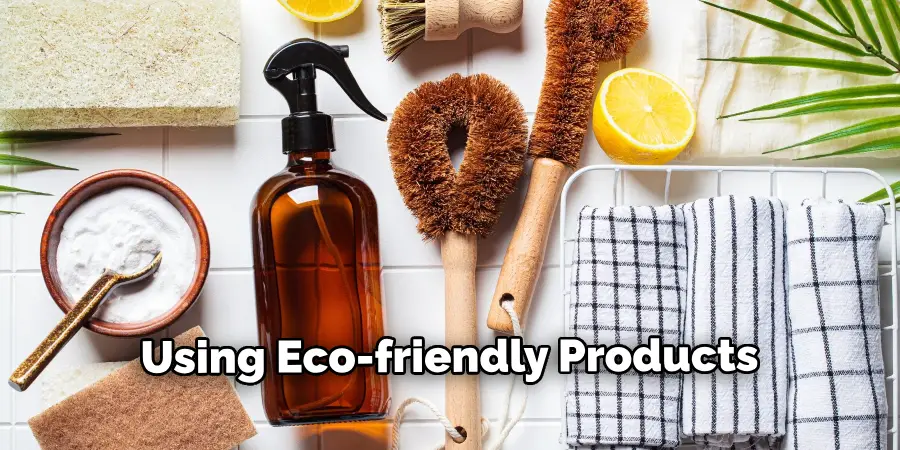
Biodegradable soaps and detergents, for instance, break down safely and won’t contribute to blockages. Moreover, using eco-friendly products helps protect our water systems from pollution. It’s a simple and effective way to do your part in conserving the environment while keeping your drains clear.
Step 10: Ensure Proper Installation
If your household or business regularly disposes of large amounts of fats and oils, it might be worth investing in a grease trap. This device is installed between the drain and the sewer pipes and is designed to intercept fats and oils before they enter the sewer system. Cleaning and maintaining the grease trap regularly is crucial to ensure its effectiveness.
If you need help with how to go about this, consider hiring a professional for installation and maintenance. With a grease trap, you can considerably reduce the chances of experiencing fat-based blockages in the future, providing peace of mind and contributing to a healthier sewage system.
By following these steps and being mindful of what goes down your drains, you can effectively clear and prevent fat blockages in your drainage system.
5 Additional Tips and Tricks
- Prevention is the Best Cure: Always be mindful of what you’re putting down the drain. Avoid washing down fats, oils, and grease, which may solidify and cause blockages.
- Use Hot Water: After each sink use, flush it with hot water. This helps dissolve any minor fat blockages before they accumulate and become a major issue.
- Baking Soda and Vinegar: This classic combination is a non-toxic, affordable, and efficient solution for minor blockages. Pour half a cup of baking soda, followed by half a cup of vinegar, into the drain and wait 15-20 minutes before rinsing with hot water.
- Use a Plunger: For tougher blockages, a plunger can be a useful tool. Ensure there’s enough water in the sink to cover the base of the plunger, place it over the drain, and push down and pull up rapidly.
- Professional Help: If blockages persist despite your efforts, it may be time to call a professional plumber. They have the tools and expertise to handle severe blockages and can even provide advice to prevent future issues.
With these additional tips and tricks, you can effectively prevent and tackle fat blockages in your drains.
5 Things You Should Avoid
- Avoid Pouring Grease Down the Drain: Even small amounts of grease can accumulate over time and cause a blockage. Instead, wipe out grease with a paper towel and dispose of it in the trash.
- Don’t Rely Solely on Commercial Drain Cleaners: While they can be effective in the short term, they often contain harsh chemicals that can damage your pipes over time.
- Avoid Disposing of Food Scraps in the Sink: Even with garbage disposal, certain food items like coffee grounds and eggshells can create stubborn blockages.
- Don’t Ignore Slow Drains: A slow drain can be a sign that a blockage is forming. Address it quickly to avoid a bigger problem in the future.
- Avoid DIY if You’re Uncomfortable: If you’re unsure about how to clear a fat-blocked drain, it’s better to seek professional help rather than risk damaging your plumbing system.
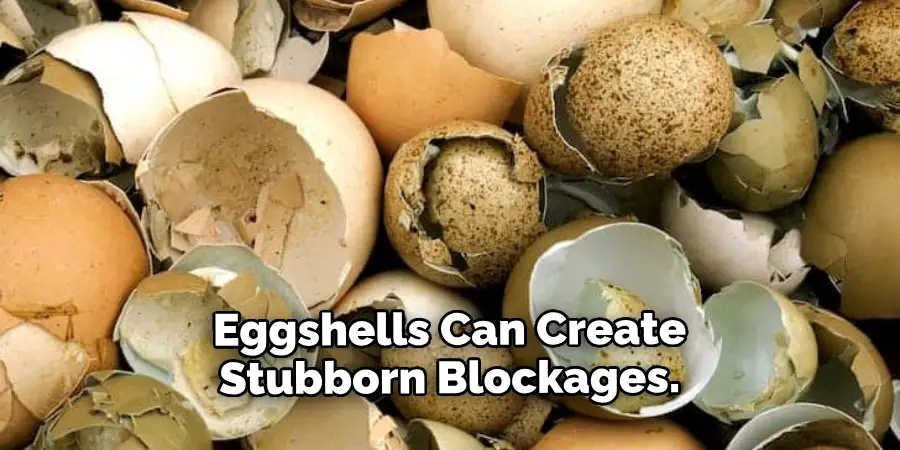
By avoiding these common mistakes, you can maintain the health of your drains and save yourself from potential headaches in the future.
Conclusion
In conclusion, clearing a fat-blocked drain doesn’t have to be a daunting task. With the right tools and techniques outlined in this post, you can easily restore your water flow at home without spending much money or time.
Furthermore, by following some essential preventive steps, such as using filters and not pouring oil down the drain, you can save yourself from future hassles like a blocked drain!
Hopefully, the article on how to clear fat blocked drain has provided you with valuable insights and practical tips to maintain the health of your plumbing system. Remember, prevention is always better than a cure, so be mindful of what goes down your drain and take action at the first signs of a blockage.
So take action now; keep your drains clean and healthy for years to come!

